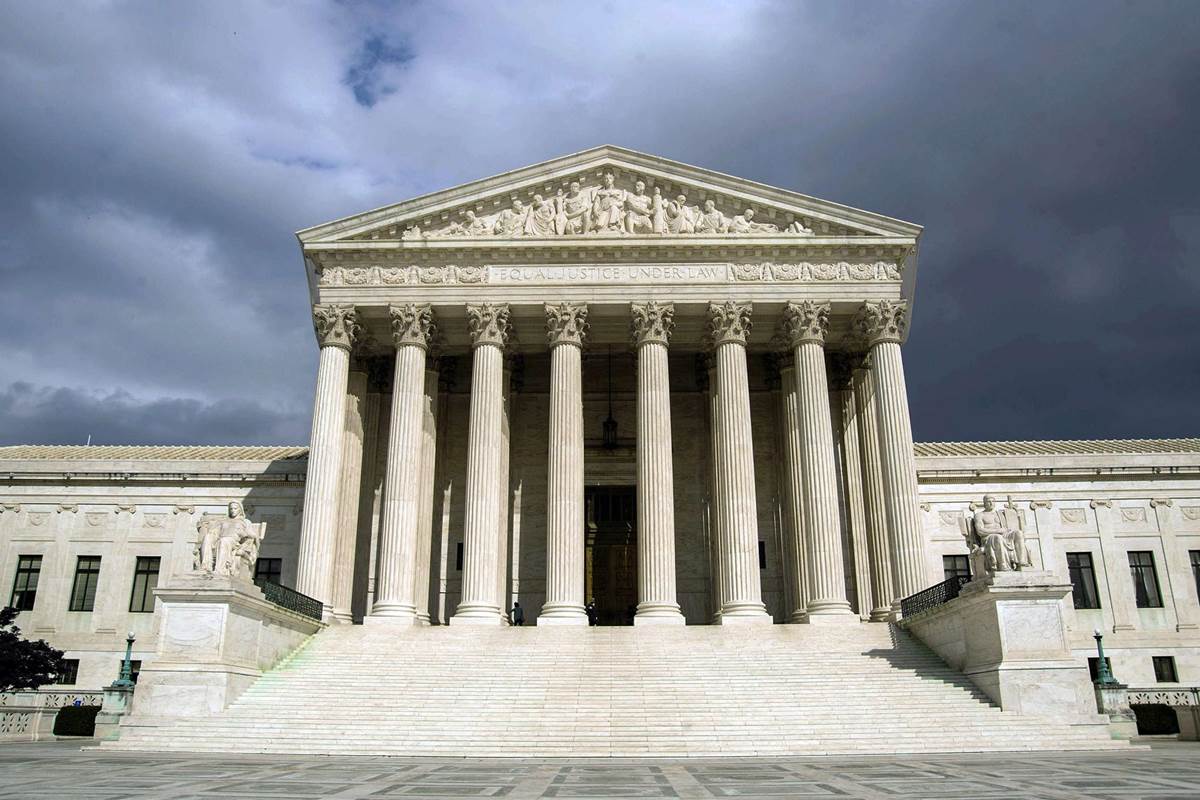https://www.cairn.info/publications-de-Christophe-D.%20Fabre--688651.htm
L'essentiel
Résumé
Le présent article a pour objet d'étudier comment l'interprétation d'une loi fédérale américaine, l'Alien Tort Statute (ATS) a pu peser sur les relations internationales, par affirmation d'une compétence universelle afin de réparer les dommages nés des abus les plus graves aux droits de l'homme, même à l'étranger.
Le premier temps de l'étude introduit la loi, son origine, sa raison d'être puis son extension par les juridictions fédérales américaines.
Le deuxième temps analyse les arrêts de la Cour suprême des États-Unis relatifs à l'ATS ; il expose la conciliation opérée pour s'assurer que les États-Unis ne deviennent pas un refuge pour criminels sans méconnaître le principe de non-application extraterritoriale des lois.
Le troisième temps dresse un état des questions juridiques non tranchées, leurs potentielles implications en droit international. Comparativement, il interroge les solutions du droit civil et pénal français de compétence afin de juger d'abus des droits de l'homme à l'étranger. Enfin, il présente l'articulation des compétences entre juridictions américaines sur le fondement de l'ATS et la Cour pénale internationale (CPI).
Summary
The article sets out how a U.S Federal Statute, the Alien Tort Statute (ATS), interpreted by federal Courts as granting universal jurisdiction for redressing tortious conduct committed in violation of the law of nations or a treaty of the United States has threatened international relations.
The first part sets forth the origins of the law, its wording, the reasons for its voting, its late rebirth and ensuing expansion by federal courts.
The second part analyses the way in which the U.S Supreme Court has interpreted the statute. It focuses on the issue of reconciling two conflicting interests : the need for U.S courts to redress torts caused by atrocious conduct that occurred abroad while deferring to comity principles and the presumption against extraterritorial application of U.S laws.
The third part lays out all the remaining unanswered issues, whether as to International law or separation of powers. It resorts to comparative law to assess how similar cases would be tried under French Criminal or tort law. Finally, it sorts out how to articulate both jurisdictions of U.S federal courts under the ATS as well as that of the International criminal court (I.C.C) under the Rome Statute


Pas de contribution, soyez le premier